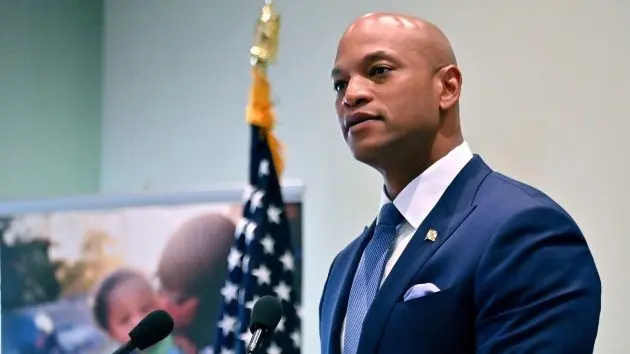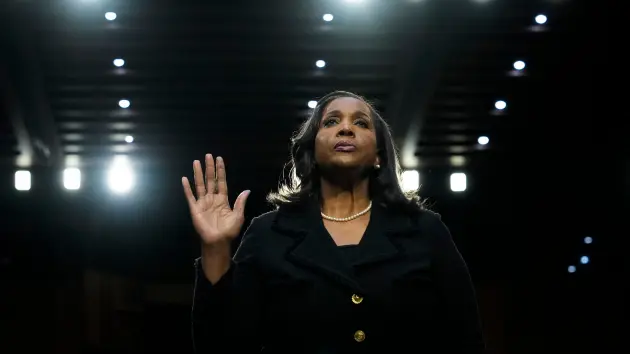(WASHINGTON) — President Donald Trump’s attempted removal of Lisa Cook from the Federal Reserve Board of Governors – an unprecedented assertion of executive power – sets the stage for a consequential legal battle likely bound for the U.S. Supreme Court.
In creating the nation’s central bank, Congress explicitly sought to insulate the Fed from political interference by mandating 14-year terms for board members appointed by a president and confirmed by the Senate.
Federal law says members can only be fired “for cause,” which has been interpreted to mean inefficiency, neglect, or malfeasance while in office.
No president has ever tried to terminate a member of the Federal Reserve for cause, and no court has ever been asked to weigh in on such an action.
The administration accuses Cook, who was appointed by President Biden in 2022, of “gross negligence” based on unproven allegations that she had engaged in mortgage fraud before taking office. Cook denies any wrongdoing.
Legal experts say her continued tenure at the bank could turn on whether courts find sufficient evidence exist of alleged “malfeasance” and how much discretion the president may have to decide whether the standard has been met.
The showdown is expected to play out over the next few weeks with at least a preliminary decision by the Supreme Court possible before the end of the year.
“President Trump has no authority to remove Federal Reserve Governor Lisa Cook. His attempt to fire her, based solely on a referral letter, lacks any factual or legal basis,” Cook’s attorney Abbe Lowell said in a statement Tuesday. “We will be filing a lawsuit challenging this illegal action.”
While the Supreme Court has recently endorsed broad presidential power to remove members of independent agencies that exercise executive power – like the Merit Systems Protection Board (MSPB), National Labor Relations Board (NRLB), and Consumer Product Safety Commission (CPSC) – the conservative majority of justices has also made clear that the Fed is different.
“The Federal Reserve is a uniquely structured, quasi-private entity that follows in the distinct historical tradition of the First and Second Banks of the United States,” the court wrote in an unsigned May opinion that allowed Trump to terminate Democratically-appointed members of the MSPB and NLRB.
The court emphasized that its ruling for Trump did not implicate the legality of for-cause removal protections at the Fed. By implication, the Court suggested that members of the Fed do not exercise power on behalf of the president.
The ultimate outcome of the landmark dispute is far from clear, however.
As Justice Elena Kagan noted in May – dissenting from her conservative colleagues in the case of Trump’s firings at the MSPB and NLRB – “[I] do not doubt the the majority’s intention to avoid imperiling the Fed. But then, today’s order poses a puzzle. For the Federal Reserve’s independence rests on the same constitutional and analytic foundations” as that of the other independent government agencies Congress has created.
Copyright © 2025, ABC Audio. All rights reserved.






